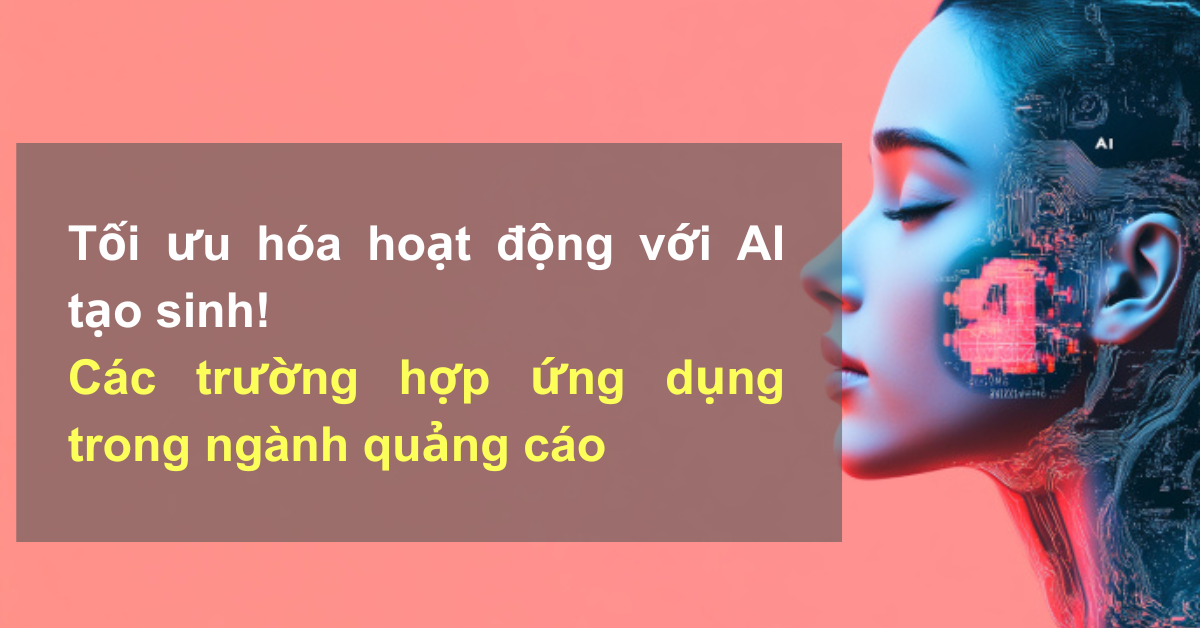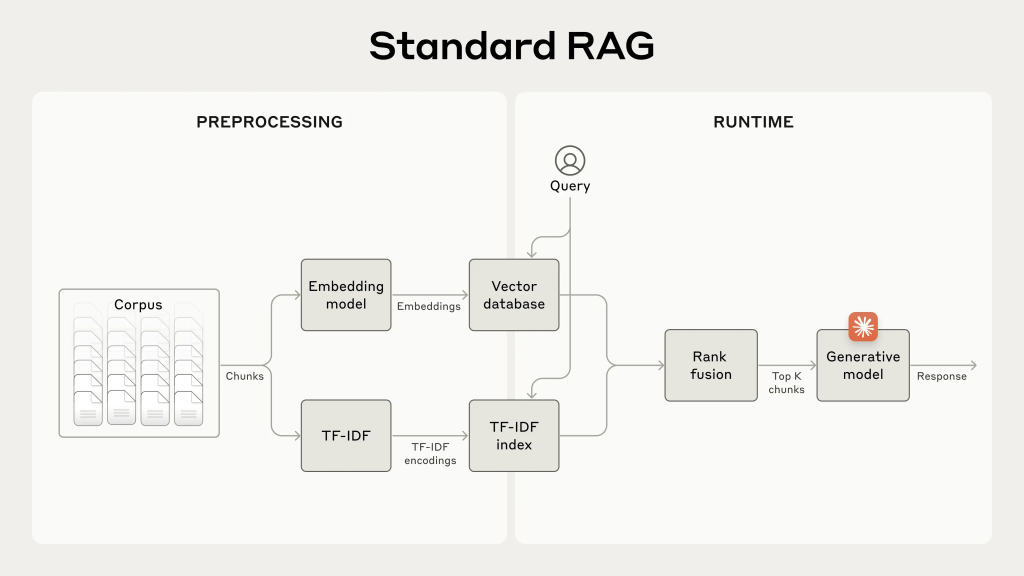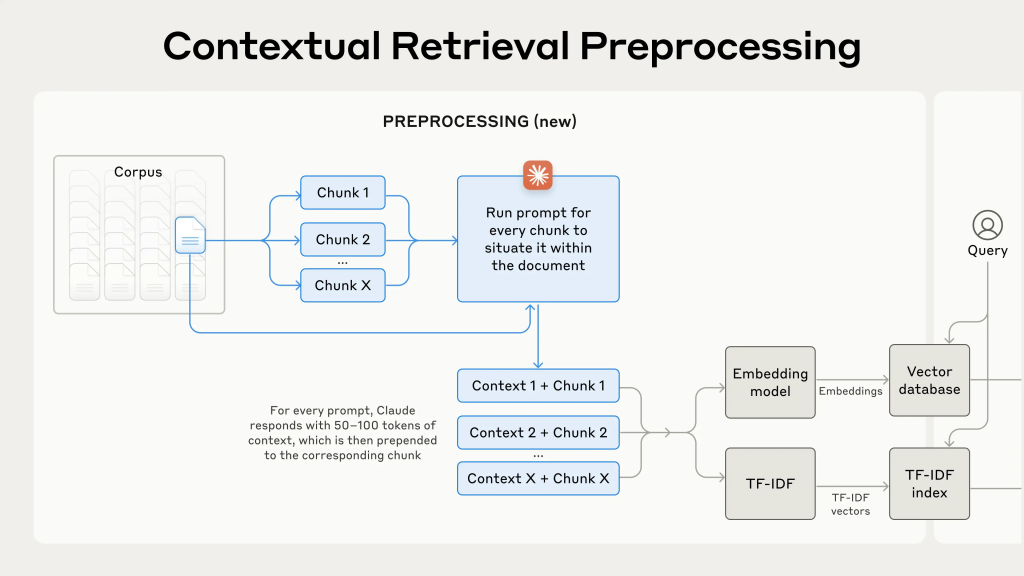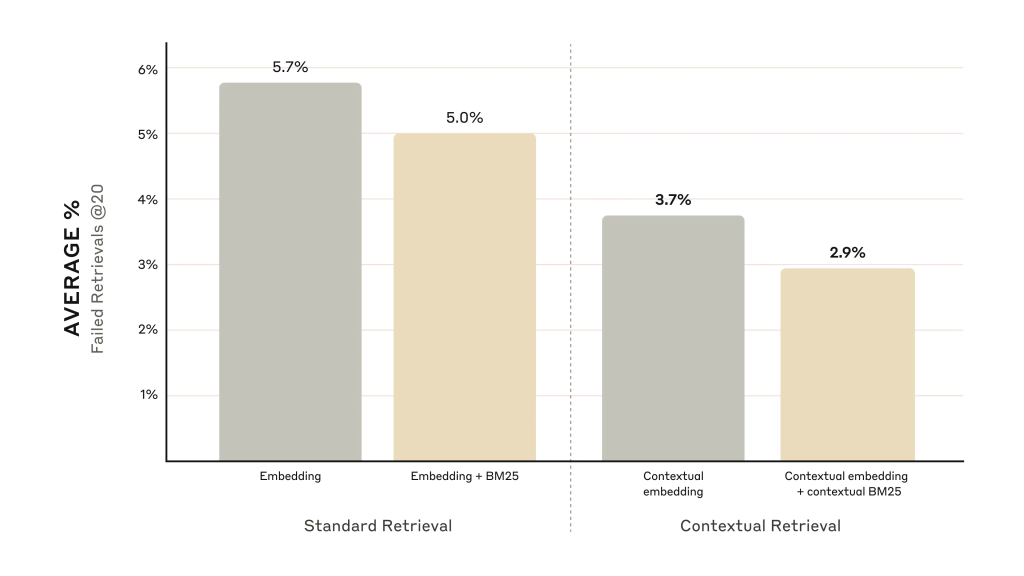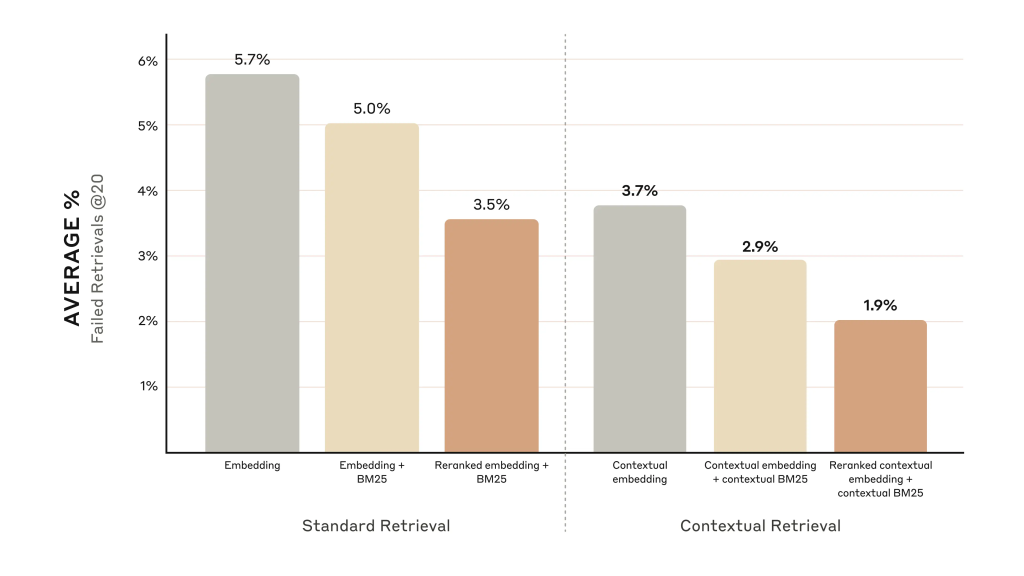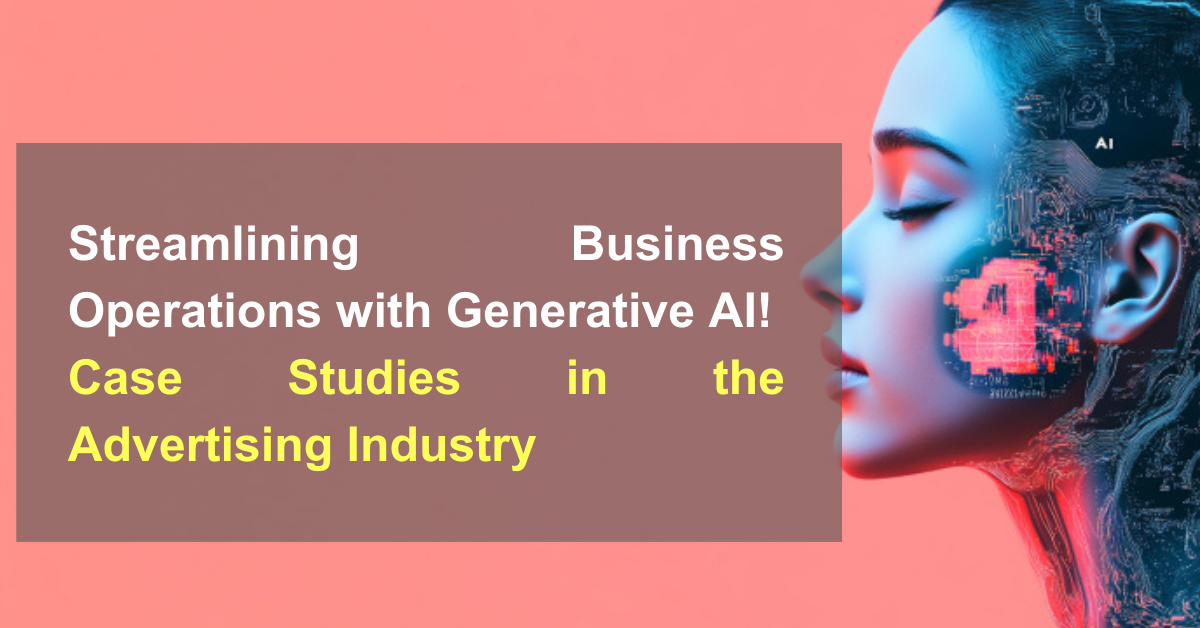
Hello, my name is Kakeya, the representative of Scuti.
Our company provides services such as offshore development and lab-based development in Vietnam, focusing on generative AI. We also offer generative AI consulting, and recently, we have received numerous requests for system development integrated with generative AI.
In the advertising industry, streamlining daily operations is a critical theme. With the advancement of generative AI technologies, new methods to enhance the efficiency of creative production and marketing operations have gained significant attention.
Generative AI facilitates the creation of advertising banners and the automated generation of creative content, enabling the delivery of high-quality ads in a short period. However, many may still wonder how to implement it effectively, as well as what specific use cases and applications exist.
This Article Explores Methods and Case Studies of Generative AI to Streamline Operations in the Advertising Industry and Enhance Productivity.
What is Generative AI?
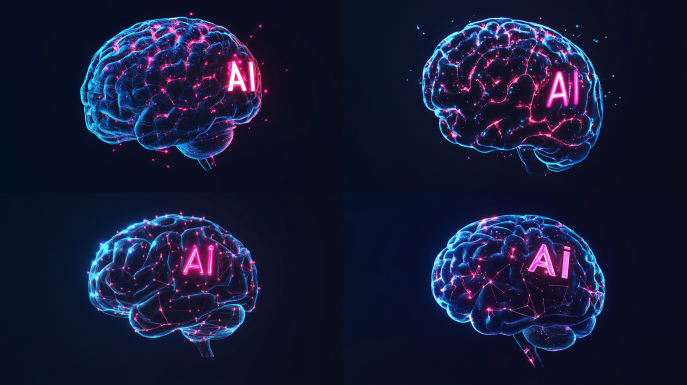
Generative AI refers to a type of machine learning model known as a generative model, which creates new data based on the data it has been trained on. This technology is applied in various fields, including natural language processing, image recognition, speech synthesis, and video generation.
For instance, generative AI can automatically produce text from text data, generate new images from image data, or create new sounds from audio data. Additionally, it enables the creation of innovative works based on input data, and it is increasingly being utilized in art, entertainment, and the advertising industry.
With technological advancements, generative AI has gained attention as a tool that supports human creativity and provides new value.
How Generative AI Works
The mechanism of generative AI is based on deep learning technology. Deep learning uses multi-layer neural networks to automatically extract and learn patterns and features from large datasets. During this process, generative AI uncovers hidden relationships and structures within the data and uses these characteristics to generate new data.
For example, text-generating AI learns from extensive text data, understanding grammatical and contextual patterns to generate natural new text. Image-generating AI captures visual features from numerous images and can create entirely new images from scratch. Similarly, audio and video-generating AI learn waveforms and motion patterns to produce realistic sounds and visuals.
Application of Generative AI in the Advertising Industry

Automated Generation of Advertising Creative Content
Generative AI can automatically create advertising elements such as catchy slogans, images, and videos. This significantly reduces the time required for ad production and enables the exploration of a greater variety of creative options.
Enhancement of Targeted Advertising Accuracy
Generative AI analyzes user behavior and demographic data to deliver the most suitable advertisements automatically. This helps improve both click-through rates and conversion rates, maximizing campaign effectiveness.
Streamlining Communication with Customers
Generative AI can be used to automate customer interactions through tools such as chatbots and virtual assistants. This reduces the time spent on customer service and enhances overall customer satisfaction.
Benefits of Introducing Generative AI

Time Savings through Operational Efficiency
By automating many tasks previously performed by humans, generative AI contributes significantly to reducing time consumption. This allows employees to focus more on creative and value-added tasks.
Cost Reduction
Generative AI helps lower personnel costs and production expenses. This is particularly effective in areas that require specialized knowledge or skills, such as creative production and data analysis, providing substantial cost-saving benefits.
Quality Improvement
Generative AI, by learning from vast amounts of data, can produce content and services with a level of quality that surpasses human creativity and performance in specific fields.
For example, text-generating AI can swiftly create natural texts based on extensive textual data. It is applicable for various purposes, such as news articles, blogs, product descriptions, and even novels or poems. This enables the generation of high-quality, consistent content more efficiently than manual efforts.
Considerations When Implementing Generative AI

-
Data Bias
Generative AI creates new content based on its learning from large datasets. However, if the training data contains biases, the resulting output may reflect those biases.
For instance, if the data contains uneven representation of certain cultures, genders, or regions, the AI may generate unfair or biased results. It is crucial to carefully assess the quality of the data and understand any inherent biases to manage them appropriately.
Ensuring that AI has access to well-balanced information is a vital step toward achieving fair and accurate outputs.
-
Copyright Issues
Generative AI references existing data to create new content, but it may unintentionally incorporate portions of copyrighted works during this process. Therefore, it is essential to verify that the content generated by AI does not infringe on copyright laws.
For example, without clearly defining the rights concerning text, images, music, or any other type of content, legal disputes may arise. When utilizing generative AI, sufficient caution must be taken to ensure that the technology does not lead to legal issues.
-
Ethical Issues
Since generative AI creates information based on the data it has learned, there is a risk that it may generate content containing discriminatory expressions or misinformation.
For example, if the data includes biases or stereotypes related to race, gender, or religion, the AI may reflect these in its output. Therefore, it is essential to use AI in an ethically appropriate manner by carefully considering and managing its usage. To prevent adverse social impacts, the ethical aspects of generative AI must be thoroughly taken into account.
Steps for Implementing Generative AI

-
Clarifying Objectives and Challenges
It is crucial to define the objectives for implementing generative AI and specify the challenges you aim to address. For instance, setting clear goals such as improving ad production efficiency, enhancing targeting accuracy, or increasing customer satisfaction is essential.
-
Selecting the Right Generative AI Tools
There are numerous generative AI tools available, but selecting a tool that aligns with your company’s needs and objectives is necessary. When choosing a tool, it is important to consider factors such as functionality, cost, security, and support system.
-
Preparing Data
The quality of the content generated by AI depends on the quality of the training data. Therefore, it is necessary to gather data that is most relevant to your business operations and process it into an appropriate format.
-
Testing and Validation
Once the generative AI tools are in use, testing and validation should be conducted. It is important to assess the quality and effectiveness of the generated content and make parameter adjustments or tool changes as needed.
-
Building an Operational Structure
To continue utilizing generative AI effectively, it is necessary to establish an operational structure. This includes assigning responsible personnel, regularly monitoring the operational status, and updating tools and data when necessary.
Specific Steps for Implementing Generative AI in the Advertising Industry

The following steps outline an effective approach for integrating AI into marketing and advertising:
-
Enhancing Internal Understanding of AI
It is essential to familiarize employees with the basics of AI technology and its practical applications. Conducting training sessions, workshops, or study meetings helps alleviate concerns or resistance towards AI and fosters an environment where employees can actively leverage AI.
-
Identifying Concrete Use Cases for AI
Clearly define how AI can be integrated into marketing and advertising processes to improve operational efficiency and increase sales. For instance, delegating customer data analysis to AI can enhance the precision of targeting and personalized advertising efforts.
-
Selecting Appropriate AI Tools
Implementing AI tools that align with your company’s marketing goals and workflow is crucial. Consider functionality, cost, security, and post-deployment support when choosing tools. There are various options, including data analysis tools, chatbots, and content generation tools.
-
Organizing and Utilizing Data
Since AI depends on data for learning, it is necessary to collect and organize high-quality data. Gather data on customer behavior, purchase history, and campaign results, and structure it into formats suitable for AI, enabling more precise and effective marketing strategies.
-
Measuring Effectiveness and Providing Feedback
Quantify the outcomes of AI-powered campaigns and initiatives to identify successes and areas for improvement. Continuously monitor the impact of AI, and adjust your marketing strategies accordingly to achieve further optimization and efficiency.
By following these steps incrementally, companies can drive innovation in marketing and advertising activities, enhancing their competitiveness.
Case Study of Generative AI Adoption in the Advertising Industry

Coca-Cola’s “Create Real Magic” Campaign
This campaign utilizes generative AI to allow users to create original artworks using Coca-Cola’s brand assets, logos, and visual elements.
Users can unleash their creativity to design artwork based on Coca-Cola’s unique themes and share their creations. This initiative promotes interaction between the brand and consumers, increasing engagement by involving consumers in the creative process.
Empowered by AI, users can reimagine Coca-Cola’s identity as personal expressions, achieving significant success as a participatory marketing campaign.
Duolingo’s AI Learning Feature
This feature leverages generative AI to analyze users’ learning progress in real time and automatically generate the most suitable practice problems for individual learners. The AI understands the learners’ strengths and weaknesses and provides a customized learning experience based on this information. This approach enables users to improve their language skills more efficiently while maintaining their learning motivation.
Additionally, the generative AI adjusts the difficulty based on user responses, ensuring that the learning content remains both appropriate and challenging. This high level of personalization has become a key factor in Duolingo’s success, offering a flexible learning environment where learners can progress at their own pace.
The Future of the Advertising Industry with Generative AI

Generative AI holds the potential to transform the advertising industry and unlock new possibilities.
-
Personalization of Customer Experience
Generative AI analyzes customers’ behavioral history and preferences to generate the most suitable ads and content for each individual. This enhances the customer experience, deepening engagement with the brand.
-
Democratization of Creative Production
In the past, creative production required the expertise of designers and copywriters. However, with the advent of generative AI, anyone can easily create high-quality ad content. This democratization is expected to inspire more ideas and revitalize creativity across the advertising industry.
-
Visualization and Optimization of Ad Performance
Generative AI enables real-time analysis and optimization of advertising campaigns. This allows for the reduction of wasted ad spend and more effective budget allocation.
Our Company’s Case Studies

AI Document Search for a Major Digital Marketing Company
We customized our “Secure GAI” to create a system where internal documents, such as work regulations and proposals, can be searched via AI chat.
Additionally, we implemented functions tailored to the company’s operations, including integration with external cloud services, image generation and analysis, and the Code Interpreter feature.
Automated Generation of LP Content
We built a system that uses LLM to generate parts of landing page content automatically, optimizing conversion rates (CVR).
Automated Video Content Planning
For a client in video production, we developed a system where generative AI understands the “winning patterns” accumulated by the client. By entering the project outline, the system automatically generates plans aligned with these patterns.
Conclusion
Generative AI has the potential to improve operational efficiency, enhance customer experience, and create new business models in the advertising industry. By proactively utilizing generative AI, the entire advertising industry can evolve, leading to a more innovative and creative future.

